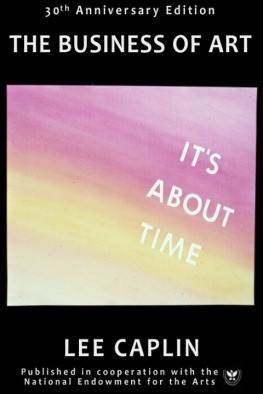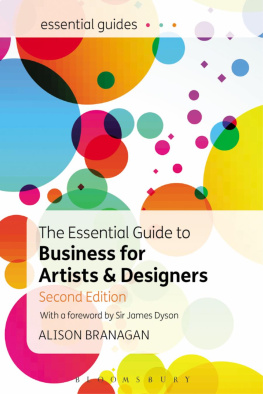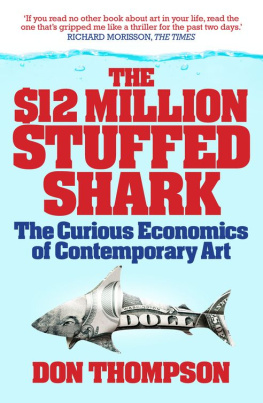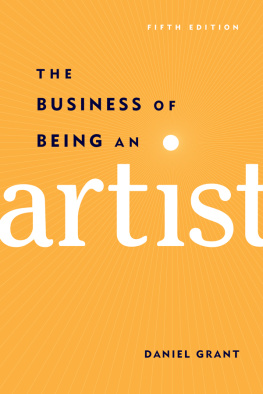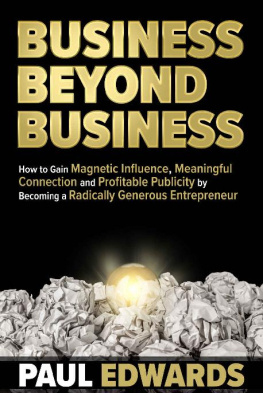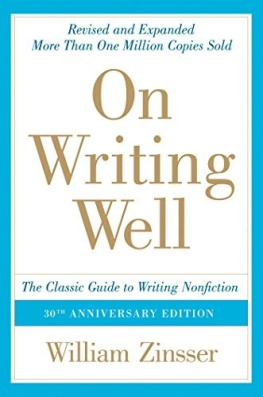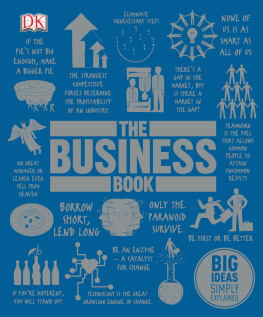Lee Caplin - The Business of Art: 30th Anniversary Edition
Here you can read online Lee Caplin - The Business of Art: 30th Anniversary Edition full text of the book (entire story) in english for free. Download pdf and epub, get meaning, cover and reviews about this ebook. year: 2011, publisher: Lee Caplin, genre: Art. Description of the work, (preface) as well as reviews are available. Best literature library LitArk.com created for fans of good reading and offers a wide selection of genres:
Romance novel
Science fiction
Adventure
Detective
Science
History
Home and family
Prose
Art
Politics
Computer
Non-fiction
Religion
Business
Children
Humor
Choose a favorite category and find really read worthwhile books. Enjoy immersion in the world of imagination, feel the emotions of the characters or learn something new for yourself, make an fascinating discovery.
- Book:The Business of Art: 30th Anniversary Edition
- Author:
- Publisher:Lee Caplin
- Genre:
- Year:2011
- Rating:3 / 5
- Favourites:Add to favourites
- Your mark:
- 60
- 1
- 2
- 3
- 4
- 5
The Business of Art: 30th Anniversary Edition: summary, description and annotation
We offer to read an annotation, description, summary or preface (depends on what the author of the book "The Business of Art: 30th Anniversary Edition" wrote himself). If you haven't found the necessary information about the book — write in the comments, we will try to find it.
Originally published in cooperation with The National Endowment for the Arts, The Business of Art is a three-time Best Seller. Published throughout the world, it presents opinions of famous artists, art dealers, world class auction houses and recognized business experts.
Lee Caplin: author's other books
Who wrote The Business of Art: 30th Anniversary Edition? Find out the surname, the name of the author of the book and a list of all author's works by series.
The Business of Art: 30th Anniversary Edition — read online for free the complete book (whole text) full work
Below is the text of the book, divided by pages. System saving the place of the last page read, allows you to conveniently read the book "The Business of Art: 30th Anniversary Edition" online for free, without having to search again every time where you left off. Put a bookmark, and you can go to the page where you finished reading at any time.
Font size:
Interval:
Bookmark:
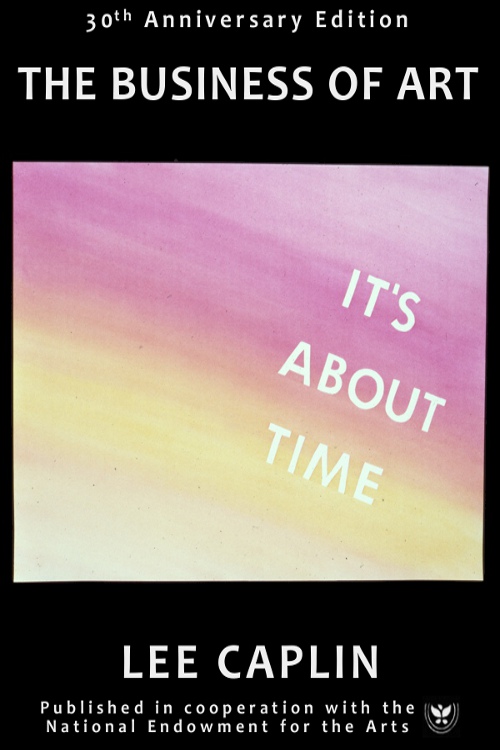
30th Anniversary Edition
by
Lee Caplin
Copyright 2011 Lee Caplin, Evening Sun Press
Smashwords Edition
Smashwords Edition License Notes:
This ebook is licensed for your personal enjoyment only. This ebookmay not be re-sold or given away to other people. If you would liketo share this book with another person, please purchase anadditional copy for each recipient. If youre reading this book anddid not purchase it, or it was not purchased for your use only,then please return to Smashwords.com and purchase your own copy.Thank you for respecting the hard work of this author.
Its About Time (c) Copyright 2012 Ed Ruscha,All rights reserved.
Image used with permission,
Library of Congress Cataloging-in-PublicationData
The business of art / [edited by] Lee Caplin.3rded. p. cm.
Published in cooperation with the National Endowment for theArts. Includes index.
ISBN 0-13-597998-6 (ppc). ISBN 0-7352-0013-0 (p)
1. ArtEconomic aspects. 2. ArtMarketing. I. Caplin, LeeEvan
II. National Endowment for the Arts.
N8600.B875 1998
98-8034 CIP
706. 8dc21
All rights reserved. No part of this book may bereproduced in any form or by any means, without permission inwriting from the author.
This publication is designed to provide accurate andauthoritative information in regard to the subject matter covered.It is sold with the understanding that the publisher is not engagedin rendering legal, accounting, or other professional service. Iflegal advice or other expert assistance is required, the servicesof a competent professional person should be sought.
From the Declaration of Principles jointlyadopted by a Committee of the American Bar Association and aCommittee of Publishers and Associations.
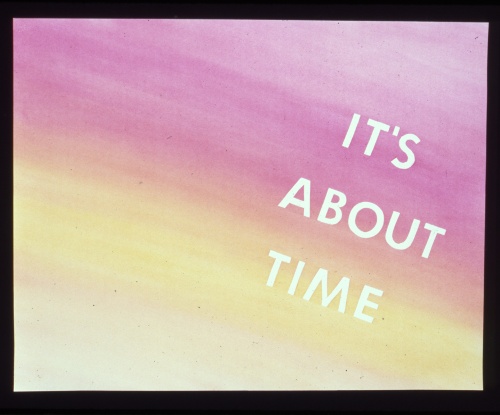
PREFACE TOTHE
THIRD EDITION
In the two decades since The Business of Artwas first conceived, the art world has undergone upheaval andchange. Art, in all its forms, has generally been considered partof the so-called nonprofit world. Ironically, in the aggregate, thearts comprise an almost $40 billion industry, giving rise toapproximately 1.5 million jobs. According to some estimates, themore than 30,000 arts organizations in the United States contributeover $3.5 billion to the federal government in taxes. In terms ofunderwriting the arts, the government actually funds less than 1percentprimarily targeted for administrative and operationalactivities.
Individual visual artists receive virtuallynothing from the charitable activities that characterize thenonprofit world. Perhaps in todays society that does not seemsurprising. The 1980s saw a veritable art boom. By 1989, theinflated Japanese yen had created a bull art market, where evenmediocre artists became millionaires. Art speculators were out infull force. However, by 1991, the public witnessed a true artsrecession: Artworks failed to reach their reserves at auction.Collectors began to feel that they had overpaid for white elephantart pieces that would never again achieve their original value.Dealers became more cautious in adding new artists to theirrosters. Galleries refused to honor their promises to take backartworks if clients became dissatisfied, or wished to upgradetheir collections. Some galleries even demurred in giving their ownartists shows of new work, fearing that the new work would fail tofind the same surefire audience that had made them all wealthy.
Artists who rode the crest of the 1980s, butfearing the worst in the art market, boldly struck forth in theentertainment business, trying to make their way. One wealthy 1980sartist underwrote his own lowbudget movie, hoping for the chance tobecome a Hollywood director. Another made a short-lived appearanceas a Country Western singer on a self-produced album. Still otherslooked to expand their market shares to other mediums such asdance, theater, and even MTV, where they could enhance theircareers by painting sets and costumes, or making minimovies. Aswith all businesses, however, financial results were, and are, adirect reflection of the marketplace. In the case of the super-starartists of the 1980s, the new marketplaces were far from those inwhich they made their reputations. Trying to sell the public on amovie or album made by a famous artist simply made no financialsense. Ultimately the end product had to rise or fall as a resultof a public uninterested in new arrivals whose calling card wasfame in the world of visual arts. Those particular artists wereback to ground zero in their new careers.
In 1996, the art business began to turnaround. Auctions at Christies and Sothebys started attractingcrowds again. There was the sense of theater that characterized theboom market years earliernews cameras awaited the arrival and exitof the glitterati. Outside, street performers regaled the crowds,while inside, black-tie audiences applauded multimillion dollarsales prices for modern masters such as Willem de Kooning, RoyLichtenstein, and Andy Warhol. But people were definitely hedgingtheir bets.
Banks, for their part, were wary ofextending financing to even their good art-business customers.Thus, money some dealers had advanced to artists to help with cashflow or to create new bodies of work was in short supply. Dealersand auction houses were forced to put their heads together to formpublic alliances that hitherto had been implied or covert. BothChristies and Sothebys diversified by purchasing large holdingsin private gallery operations, breathing new life into strugglingart boutiques. Some disparate dealers openly shared representationsof large collections or artists estates, thereby redefining theirown marketplaces and, by sharing customer bases as well asmarketing costs, expanding the number of potential buyers.
At the same time, potential conflicts ofinterest threatened the art buying public with the aestheticequivalent of price fixing. After all, what is art worth? Inbusiness, fair prices are those numbers upon which willing buyersand sellers agree. But in art, value often is that which a trustedart advisor or consultant supports. Even among regulated governmentactivities auction and gallery prices set important insurance andIRS standards for valuation. One piece of art seen in the contextof another, perhaps superior, piece may fetch a price far higherthan the same piece of art seen out of that context. By developingexhibitions, catalogues raisonne, and carefully choreographedreviews, those who sell art in galleries or at auction can positionartwork for sale at higher prices. These issues are discussed inthe chapters devoted to art at auction and the politics of art,among others.
But for those artists who are driven totheir studios by the passion of producing art, regardless of whathappens, the goings and comings of the New York or world art marketmean very little. It is to these individuals that this volume isdedicated.
Surveys in recent years estimate that over300,000 people in the United States consider themselves artists.The figures go startlingly higher worldwide. These artists rangefrom students and housewives/husbands to weekend painters todedicated practitioners who grapple with outside jobs to supporttheir passion for making art. Picasso once opined that everyone isborn an artist; what is it about life, he asked, that allows someto stay artists and forces others to forget the joy they once knewas creators. Part of what happens, we might answer, is that peopleage and begin to face the realities of social and financialresponsibility. Sylvia Stone, the sculptor, once remarked that lifefor an artist is a long time: Even if you draw or paint or sculptfor a quarter of a century, what are you going to do with all therest of your years?
Next pageFont size:
Interval:
Bookmark:
Similar books «The Business of Art: 30th Anniversary Edition»
Look at similar books to The Business of Art: 30th Anniversary Edition. We have selected literature similar in name and meaning in the hope of providing readers with more options to find new, interesting, not yet read works.
Discussion, reviews of the book The Business of Art: 30th Anniversary Edition and just readers' own opinions. Leave your comments, write what you think about the work, its meaning or the main characters. Specify what exactly you liked and what you didn't like, and why you think so.

